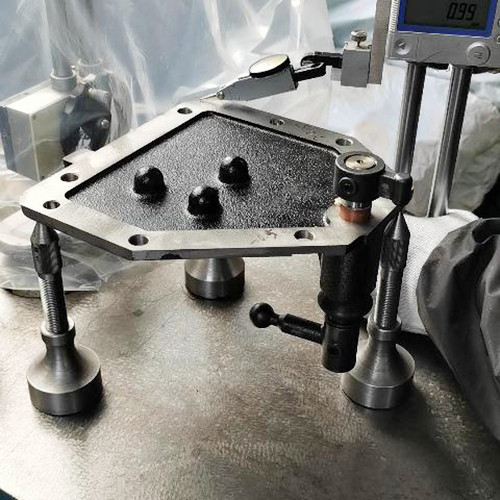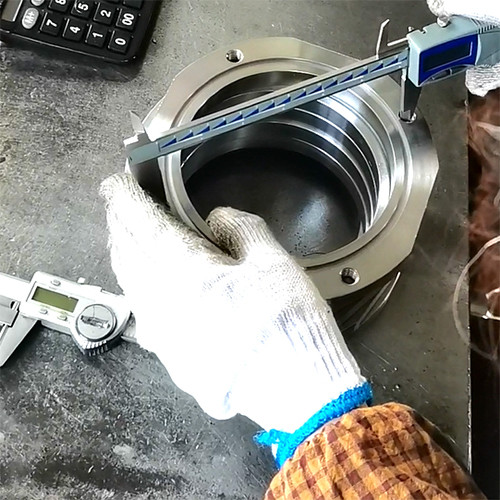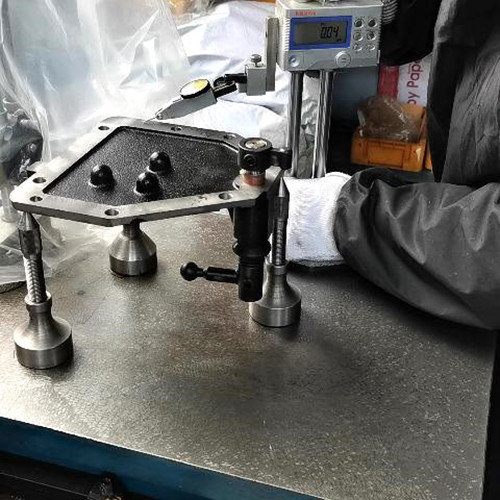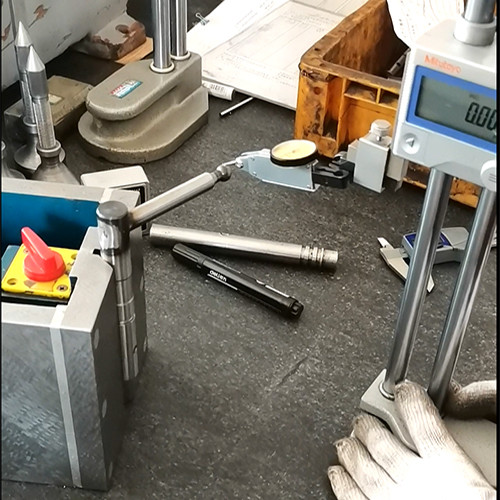CAPABILITIES
CNC offers greatly increased productivity over non-computerized machining for repetitive production, where pre-fabricated pattern guides must manually or mechanically control the machine. However, these advantages come at significant cost in terms of both capital expenditure and job setup time. The part's mechanical dimensions are defined using CAD software and then translated into manufacturing directives by CAM software.
We specialize in CNC machining practices to produce a wide variety of precision machined components from the simplest to most complex parts. Currently, our machines can handle material lengths of 1-1500mm and load capabilities up to 150kg.
Design and Programming:
The process begins with designing the part using CAD (Computer-Aided Design) software. Once the design is finalized, CAM (Computer-Aided Manufacturing) software is used to generate the toolpaths and machining instructions for the CNC machine.
Rough Machining:
The initial rough machining operations are performed to remove excess material and achieve the basic shape of the part. This may involve rough milling, drilling, or turning operations to remove large amounts of material quickly.

Finishing Operations:
Once the rough machining is complete, finishing operations are performed to achieve the final dimensions, surface finish, and tolerances required for the part. This may include fine milling, drilling, reaming, or grinding operations to achieve precise features and smooth surface finishes.

Quality from start to finish:
Throughout the machining process, quality control measures are implemented to ensure that the part meets the specified requirements and tolerances. Our team has been involved in-process inspections, dimensional measurements, and surface finish analysis using precision measuring tools and instruments.
Quality control and inspection of metal parts are crucial steps in the manufacturing process to ensure that the final products meet the required specifications, standards, and customer expectations.
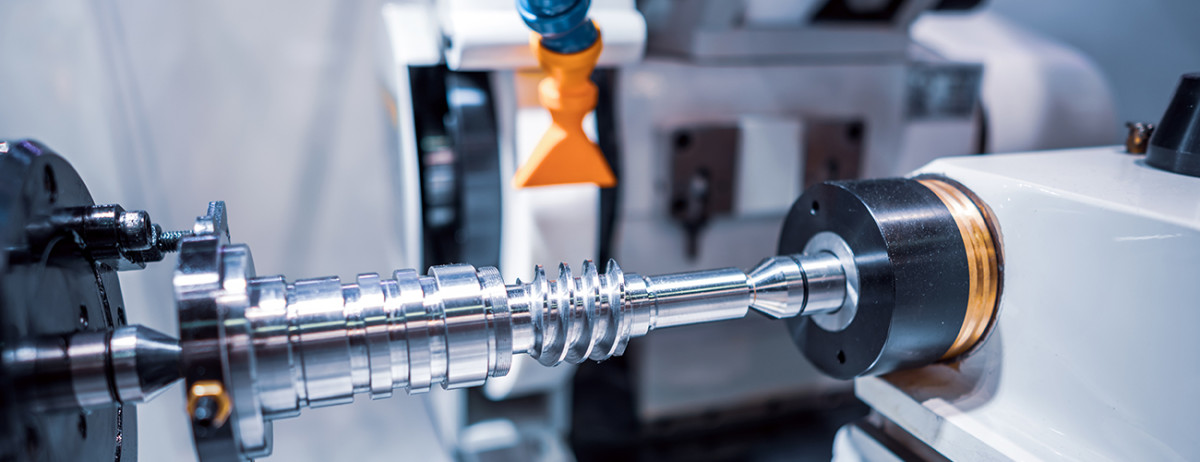
Deburring and Surface Treatment:
After machining, the part may undergo deburring operations to remove any sharp edges or burrs left behind by the cutting tools. Additionally, surface treatments such as polishing, coating, or anodizing may be applied to enhance the part's appearance and performance.
Functional Testing:
When products are finished, they need functional testing including assembly tests, fitment checks, leak tests, pressure tests, or other specific tests relevant to the application of the parts.
Depending on the complexity of the part and the specific machining requirements, additional steps or variations of these steps may be involved in the process.
What Can We Do For You

![262P}]UN7YP78$P4NVY1YHQ.jpg 262P}]UN7YP78$P4NVY1YHQ.jpg](https://usimg.bjyyb.net/sites/85000/85085/20240320094121199.jpg@!jw1200)
